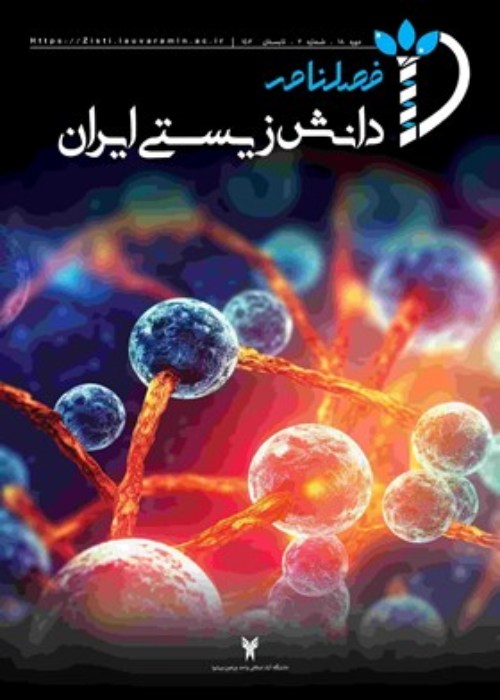Synthesis of carbon quantum dots from natural sources of spinach leaves and chitosan: investigating their application in bioimaging
Carbon dots (CDs) are one of the most important fluorescence nanoparticles, which usually have a diameter of less than 10 nanometers. The characteristics of these nanoparticles include high biocompatibility, low toxicity and chemical inertness, stable light emission. These nanoparticles are used in various fields of biology, including biosensors, drug delivery. and imaging are used.AimIn this research, the aim is to make and investigate the characteristics, biocompatibility and imaging capability of CDs synthesized from spinach leaves and chitosan by hydrothermal method.
In this experimental study, the synthesis of CDs from spinach leaves and chitosan was synthesized by hydrothermal method, and then the emission of nanoparticles was observed by the UV region; The maximum amount of absorption and emission was obtained, and the size and type of charge of nanoparticles were determined by DLS device. The viability of HEK-293T cells was evaluated by different concentrations of nanoparticles. After synthesis and characterization of synthesized CDs, its non-toxicity was checked on HEK-293T cells by MTT method. Also, the penetration of nanoparticles into the cell and the possibility of staining the cell by CDs were measured by the Citation device.
CDs synthesized with spinach extract and chitosan had emission in the red and blue range, respectively; The maximum emission wavelength of nanoparticles synthesized from spinach was observed at 670 nm wavelength, which is very favorable for cell imaging. Also, both nanoparticles are biocompatible and can stain HEK-293T cells without toxicity. CDs synthesized using chitosan are suitable for future gene delivery applications due to positive surface charge.
CDs synthesized with spinach extract and chitosan have emission in the visible region and can stain cells as cell-compatible nanoparticles.
- حق عضویت دریافتی صرف حمایت از نشریات عضو و نگهداری، تکمیل و توسعه مگیران میشود.
- پرداخت حق اشتراک و دانلود مقالات اجازه بازنشر آن در سایر رسانههای چاپی و دیجیتال را به کاربر نمیدهد.


